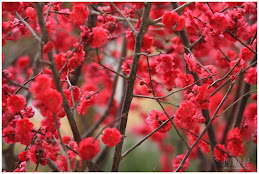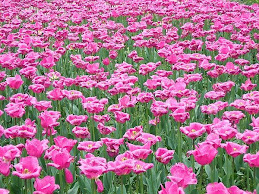
Tropical Fruits

The flesh of a ripe mango is very sweet, with a unique taste
Mango is one of the most popularly exploited fruits for food, juice, flavor, fragrance and color

Preserved dry mango chips are also popular in asia

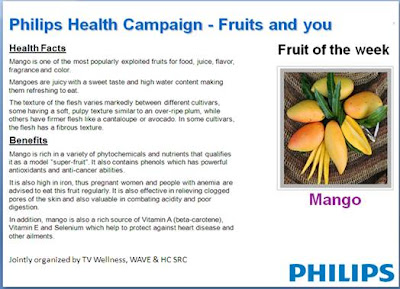
- by courtesy of Philips


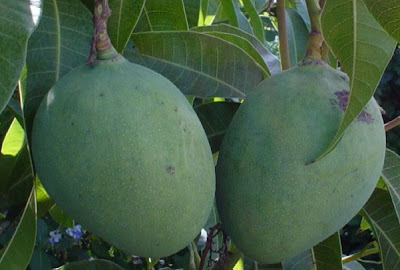
Unriped green mangoes

Native green mangoes from the Philippines

Mango tree (Mangifera indica) with blossoms.
Photo taken & created : May 2005
Photographer : Amar
Location : Indian Institute of Technology Kanpur campus

Mangoes flowers. It belong to the genus Mangifera.
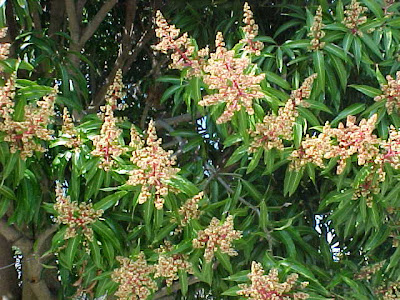
Mangoes flowers. Cultivated in the Indian subcontinent and Southeast Asia

Mango contains antioxidant vitamins A, C and E


Unripe mangoes. Some mango have firmer flesh like a cantaloupe or avocado
Mangoes belong to the genus Mangifera and are indigenous to the Indian subcontinent and Southeast Asia. The name mango is said to be from the Kodagu mange, the Malayalan manga, or the Tamil mangai.
The flesh of a ripe mango is very sweet, with a unique taste. The texture of the flesh varies markedly between different cultivars, some having a soft, pulpy texture similar to an over-ripe plum, while others have firmer flesh like a cantaloupe or avocado. In some cultivars, the flesh has a fibrous texture.


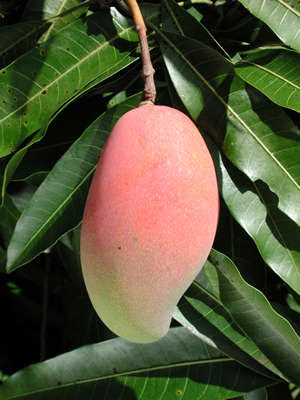
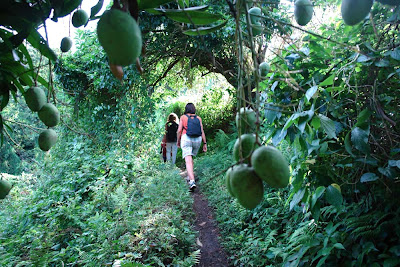

Mangoes help to protect against heart disease and other ailments
Benefits of Mango
Rich in a variety of phytochemicals and nutrients that qualifies it as a model Super-fruit, a term used to highlight potential health value of certain edible fruits.
Contains phenols - This phenolic compound has powerful antioxidants and anti-cancer abilities.
High in iron - Pregnant women and people with anemia are advised to eat this fruit regularly.
Effective in relieving clogged pores of the skin.
Valuable in combating acidity and poor digestion.
Low in carbohydrates (Good for your figure)
Rich source of Vitamin A (beta-carotene), Vitamin E and Selenium which help to protect against heart disease and other ailments.
Mango as an exotic fruit

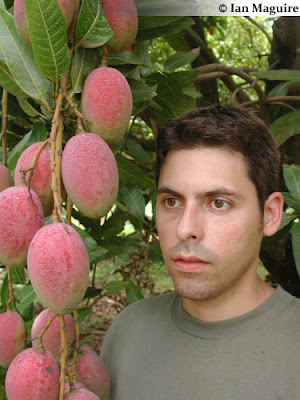
Adapted from http://trec.ifas.ufl.edu/tfphotos/ (Images is copyrighted to Ian Maguire and the University of Florida 6/99-2007)

Adapted from http://trec.ifas.ufl.edu/tfphotos/ (Images is copyrighted to Ian Maguire and the University of Florida 6/99-2007)

Adapted from http://trec.ifas.ufl.edu/tfphotos/ (Images is copyrighted to Ian Maguire and the University of Florida 6/99-2007)
Nutrient and antioxidant properties
Mango contains diverse essential vitamins and dietary minerals.
The antioxidant vitamins A, C and E comprise 25%, 76% and 9%, respectively, of the Dietary Reference Intake (DRI) in a 165 g serving.
Vitamin B6 (pyridoxine, 11% DRI), vitamin K (9% DRI), other B vitamins and essential nutrients such as potassium, copper and 17 amino acids.
Mango peel and pulp contain other phytonutrients, such as the pigment antioxidants - carotenoids and polyphenols - and omega-3 and -6 polyunsaturated fatty acids.
The edible mango peel has considerable value as a source of dietary fiber and antioxidant pigments.
Contained within the peel and pulp are rich contents of polysaccharides as fiber sources, especially starch and pectins.
Antioxidants of the peel and pulp include
Carotenoids, such as the provitamin A compound, beta-carotene, lutein and alpha-carotene
Polyphenols such as quercetin, kaempferol, gallic acid, caffeic acid, catechins, tannins
Unique mango xanthone
Mangiferin.
Polyphenols
Xanthones
Mangiferin
Gallic acid
Nutrition information
| Nutrient | Units | Value per 100 grams of edible portion | Sample Count | Std. Error |
|---|---|---|---|---|
| Proximates | ||||
| Water | g | 81.71 | 108 | 0.323 |
| Energy | kcal | 65 | 0 | |
| Energy | kj | 272 | 0 | |
| Protein | g | 0.51 | 79 | 0.025 |
| Total lipid (fat) | g | 0.27 | 47 | 0.039 |
| Carbohydrate, by difference | g | 17.00 | 0 | |
| Fiber, total dietary | g | 1.8 | 0 | |
| Ash | g | 0.50 | 66 | 0.033 |
| Minerals | ||||
| Calcium, Ca | mg | 10 | 27 | 0.850 |
| Iron, Fe | mg | 0.13 | 21 | 0.021 |
| Magnesium, Mg | mg | 9 | 20 | 0.580 |
| Phosphorus, P | mg | 11 | 41 | 0.746 |
| Potassium, K | mg | 156 | 24 | 8.441 |
| Sodium, Na | mg | 2 | 24 | 0.624 |
| Zinc, Zn | mg | 0.04 | 1 | |
| Copper, Cu | mg | 0.110 | 17 | 0.009 |
| Manganese, Mn | mg | 0.027 | 17 | 0.002 |
| Selenium, Se | mcg | 0.6 | 0 | |
| Vitamins | ||||
| Vitamin C, total ascorbic acid | mg | 27.7 | 162 | 1.749 |
| Thiamin | mg | 0.058 | 35 | 0.005 |
| Riboflavin | mg | 0.057 | 36 | 0.004 |
| Niacin | mg | 0.584 | 36 | 0.070 |
| Pantothenic acid | mg | 0.160 | 0 | |
| Vitamin B-6 | mg | 0.134 | 1 | |
| Folate, total | mcg | 14 | 0 | |
| Folic acid | mcg | 0 | 0 | |
| Folate, food | mcg | 14 | 0 | |
| Folate, DFE | mcg_DFE | 14 | 0 | |
| Vitamin B-12 | mcg | 0.00 | 0 | |
| Vitamin A, IU | IU | 3894 | 91 | 244.166 |
| Vitamin A, RE | mcg_RE | 389 | 91 | 24.417 |
| Vitamin E | mg_ATE | 1.120 | 0 | |
| Tocopherol, alpha | mg | 1.12 | 0 | |
| Lipids | ||||
| Fatty acids, total saturated | g | 0.066 | 0 | |
| 4:0 | g | 0.000 | 0 | |
| 6:0 | g | 0.000 | 0 | |
| 8:0 | g | 0.000 | 0 | |
| 10:0 | g | 0.000 | 0 | |
| 12:0 | g | 0.001 | 15 | |
| 14:0 | g | 0.009 | 19 | |
| 16:0 | g | 0.052 | 19 | |
| 18:0 | g | 0.003 | 19 | |
| Fatty acids, total monounsaturated | g | 0.101 | 0 | |
| 16:1 undifferentiated | g | 0.048 | 19 | |
| 18:1 undifferentiated | g | 0.054 | 19 | |
| 20:1 | g | 0.000 | 0 | |
| 22:1 undifferentiated | g | 0.000 | 0 | |
| Fatty acids, total polyunsaturated | g | 0.051 | 0 | |
| 18:2 undifferentiated | g | 0.014 | 19 | |
| 18:3 undifferentiated | g | 0.037 | 19 | |
| 18:4 | g | 0.000 | 0 | |
| 20:4 undifferentiated | g | 0.000 | 0 | |
| 20:5 n-3 | g | 0.000 | 0 | |
| 22:5 n-3 | g | 0.000 | 0 | |
| 22:6 n-3 | g | 0.000 | 0 | |
| Cholesterol | mg | 0 | 0 | |
| Amino acids | ||||
| Tryptophan | g | 0.008 | 11 | |
| Threonine | g | 0.019 | 2 | |
| Isoleucine | g | 0.018 | 2 | |
| Leucine | g | 0.031 | 2 | |
| Lysine | g | 0.041 | 13 | |
| Methionine | g | 0.005 | 13 | |
| Phenylalanine | g | 0.017 | 2 | |
| Tyrosine | g | 0.010 | 2 | |
| Valine | g | 0.026 | 2 | |
| Arginine | g | 0.019 | 2 | |
| Histidine | g | 0.012 | 2 | |
| Alanine | g | 0.051 | 2 | |
| Aspartic acid | g | 0.042 | 2 | |
| Glutamic acid | g | 0.060 | 2 | |
| Glycine | g | 0.021 | 2 | |
| Proline | g | 0.018 | 2 | |
| Serine | g | 0.022 | 2 |
USDA Nutrient Database for Standard Reference, Release 14 (July 2001)

Mango is in the same plant family Anacardiaceae
Mango peel and pulp contain omega-3 and -6 polyunsaturated fatty acids.
The texture varies markedly between different cultivars
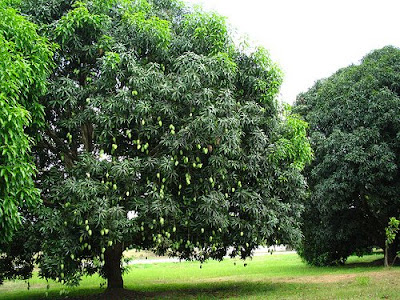
Mango Plantation

Mango Plantation
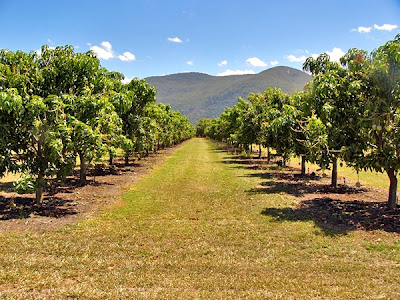
Mango Plantation

Mango Plantation

Mango Plantation
Adapted from:
http://en.wikipedia.org/wiki/Mango
http://trec.ifas.ufl.edu/tfphotos/
(Mango Plantation)
http://alaverde33.blogspot.com/2007/11/farming-is-fun-but-its-really-hot-under.html






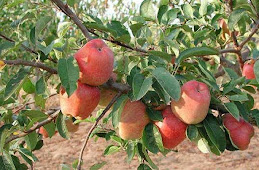






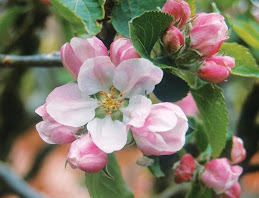


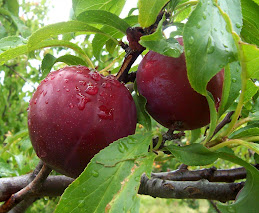
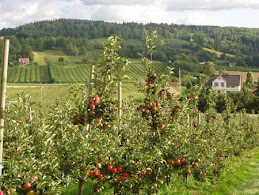
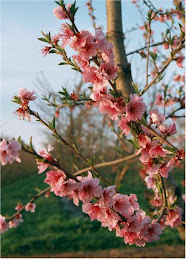





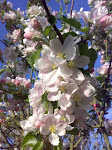





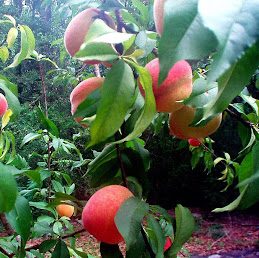

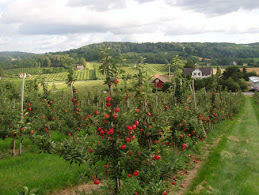



.jpg)
.gif)
.jpg)
